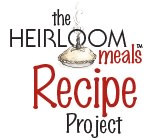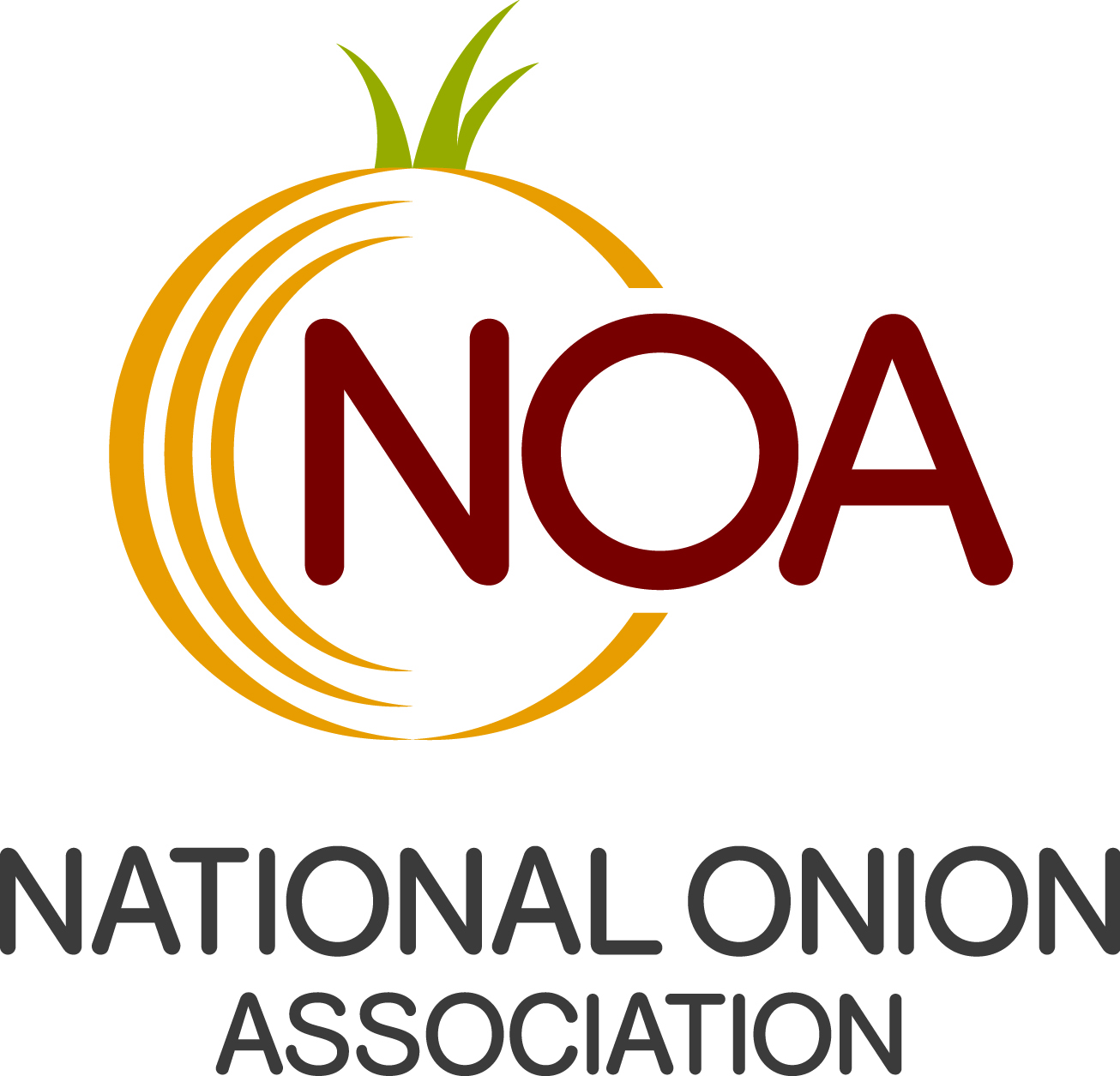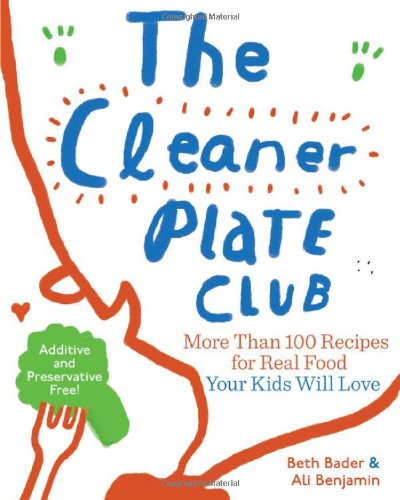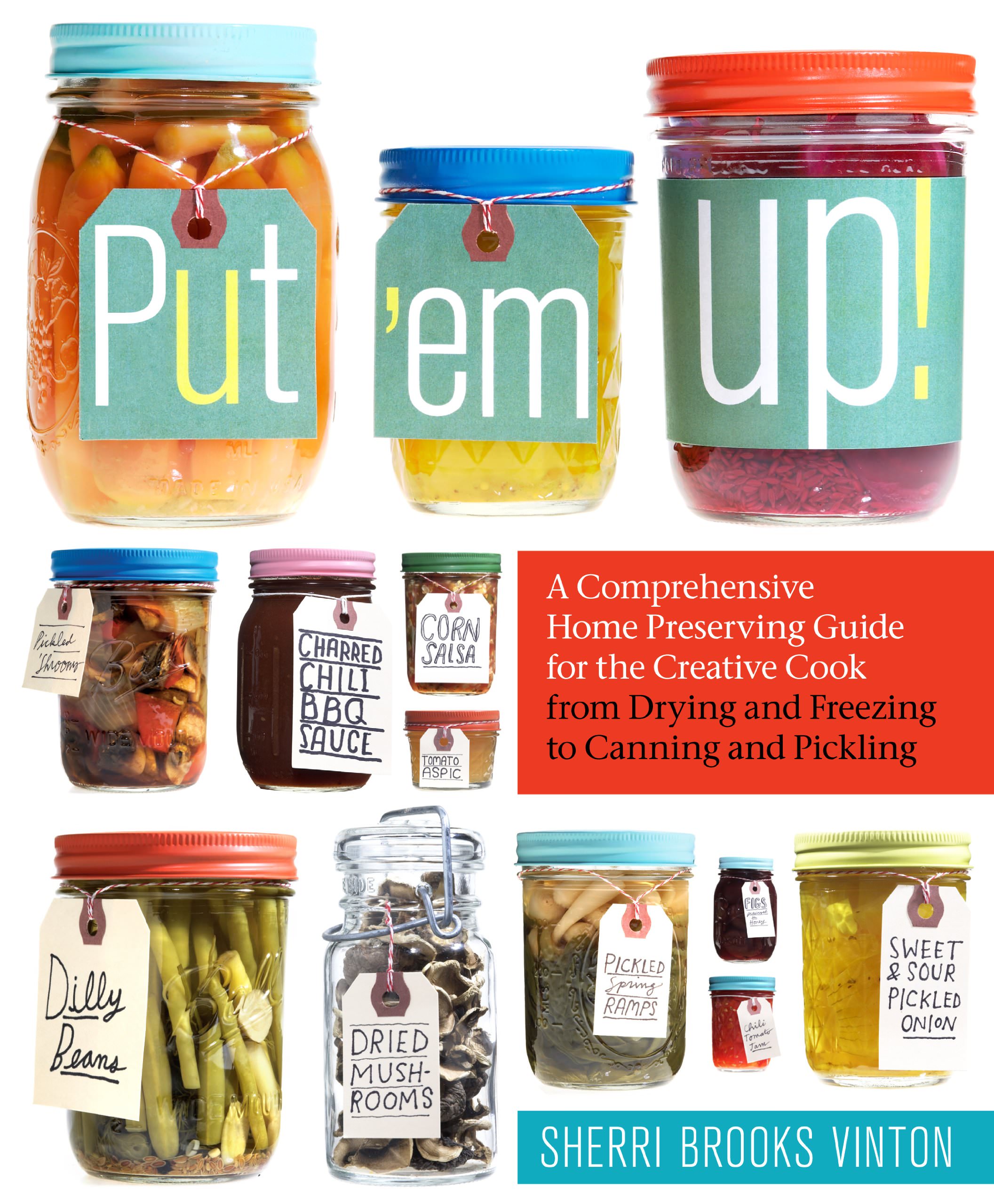Monday August 17, 2015

What a summer! I promise to write a blog post and share the gamut of experiences that rolled through my life. Suffice it to say, I have been sad, afraid, elated, and now proud. Proud to announce the official launch of the Heirloom Meals Recipe Project. The pilot program exceeded my wildest imagination. We wrote, we shared, we cried, we laughed, we bonded, we created. Our final products are getting their finishing edits and then everyone will have their very own heirloom family cookbook. The program was satisfying on so many levels!!
Here is the link to everything you need to know. (I am working on creating a new section for workshops but for now the blog post will have to do!!) I hope to see you in the September 10th class or the others I have scheduled.
Also - check out my recent interview with Dale Gillis as a result of working with the National Onion Association!

Saturday August 15, 2015

Lunch in Paris: A Love Story, with Recipes
Food memoirs are among my favorite genres. They connect food to our relationships, experiences, and lives. Elizabeth Bard follows this in her first book Lunch in Paris, by interspersing the memories of falling in love with a charming Frenchman, Gwendal, with traces of her culinary journey marked by recipes of her past and the ones she gains along with embracing a new culture. The dishes are inspired by the fresh ingredients from Parisian markets; they contrast the fussy, complicated reputation of typical French fare. This focus allows Bard to not only write about international cuisine, but about international living, and how she discovers French culture from her time around the table, whether it be during a meal, at a market, in a restaurant, or only in a single taste itself.
The recipe for Gwendal’s grandmother’s, Mary Simone’s, tabouleh, shows the memoir’s function as a family recipe book, giving the tricks of culinary techniques passed down through generations. The secret to this dish is replacing the bulgur with couscous, lightening the salad and mixing well with the acidic, slightly sweet taste that Bard confessed to me she loves. This coming-together of the savory and sweet shows the gustatory connectivity of food, but in Bard’s descriptions of food and the narrative that follows it, we discover the French culture alongside her own discovery of their passion for cuisine: for good, simple food done right.
Her new book Picnic in Provence, came out this spring. I can’t wait to read it and share my thoughts with you!
Saturday August 08, 2015

Garlic and Sapphires: The Secret Life of a Critic in Disguise
In Garlic and Sapphires, Ruth Reichl has the reader hooked by the first page, working through the inedibility of her first food description: “... a squishy brown square of meat surrounded by a sticky stockade of potatoes that might have been mashed last year. The wrinkled gray peas look as if they were born in a laboratory test tube. The roll glows with such an unearthly lunar yellow that I can feel its chill before my fingers even touch the surface. The lettuce in the salad has gone brown at the edges, and the tomatoes are too tired to even pretend that nature intended them to be red.” Reichl, however, moves quickly past this vignette and the immediacy of the food itself, and delves further into the book’s primary focus: the importance and challenge of anonymity in being America’s most well-known food critic.
She reflects upon her hilarious and heartfelt experiences in some of the greatest restaurants in the world, all the while trying to navigate the intersection of public and private life. She supplements this narrative focus with deliciously elegant but approachable recipes, giving the reader a greater understanding of the techniques and flavors Reichl puts to paper. The book’s final recipe, “Last-Minute Chocolate Cake” speaks for itself, with the spice of the unsweetened chocolate, the intensity of strongly-brewed coffee, and the contrastingly sweet bitterness of Grand marnier, all it needs is “a scoop of vanilla ice cream on each slice” to result in something worth writing about.
From her writing, it’s obvious that Reichl is a profound appreciator of food, and a lover of the joy it brings to her everyday life: “My yogurt was nestled into a bag, waiting to turn into aushak, and all around us were sausages and pastry, lollipops and spices, chicken and cheese. Any world that contained all this, I thought surveying our loot, was a very fine place. I felt reinvigorated, alive, optimistic. The thought of getting back to work suddenly seemed like fun.” Because the reader is introduced to this perspective so early on, we ask the same question Reichl tries to understand herself: how do you tell someone what they should know about a restaurant, and more importantly, the food they will eat there, if everyone is lingering behind your back watching you do it?
Saturday August 01, 2015

Tomato: A Fresh-from-the-Vine Cookbook
Tomatoes are often seen as the humble fruit, taking the backseat to more vibrant and exciting options like artichokes, asparagus, or peppers, but when they’re picked at the height of summer, they possess a flavor complex in its simultaneous sweetness and acidity, that is made all the more delicious with just a single sprinkling of salt.
Author Lawrence Davis-Hollander understands this in his cookbook Tomato, and gives us visuals accompanying his recipes which exhibit the fruit’s simplistic beauty. His recipes center in upon the tomato to give them interest and depth, showcasing a spectrum of different varieties as the base to sauces and salsas, allowing any heirloom paste tomato to be the focus of his Italian-Style Fresh Tomato Sauce, what he calls a “basic, unadorned recipe.” The flavors are anything but boring though, as Hollander’s restraint in the number of ingredients allows you to taste the delicious quality of a freshly-picked tomato.
As the founder of the Eastern Native Seed Conservancy, Lawrence highlights not only the taste of the tomato, but the importance of their preservation alongside preserving our traditional eating experiences, saying that coming together for a meal “... is a legacy that needs to be passed down to our children and reinforced at home. The hearth was and is the gathering place for family and friends. Eating is one of the most basic and pleasurable experiences as human beings.” Lawrence captures the essence of his work at the seed conservancy and his passion for heirloom tomatoes in his book. It is informative, inspirational, useful and beautiful. Go out and find those heirlooms, get Lawrence’s book, and enjoy eating tomatoes to your heart’s content!
Saturday July 25, 2015

The Cleaner Plate Club: Raising Healthy Eaters One Meal at a Time
I’m sure you have memories of trying to get your children to take just one bite of pasta primavera, a relatively-mild dish whose abundance of vegetables would provide nearly their entire daily requirement. It’s also possible that you’re still struggling with this. If you belong to the latter group, Beth Bader and Ali Benjamin’s book The Cleaner Plate Club is the answer you’ve been looking for.
This isn’t a book with an exclusive focus on “kid food” palates. It is filled with tips and recipes for moving away from giving into your child’s desire to eat all-white meals (a carb overload of plain pasta and sandwich bread) and that foster a life-long love of eating instead. Leading off with the Ruth Reichl quote “Pull up a chair. Take a taste. Come join us. Life is so endlessly delicious”, this book presents itself as a push to get families to engage with one another over meals that everyone appreciates and enjoys.
The Cleaner Plate Club begins with a comprehensive look at why children eat the way they do and how parents can work with this to encourage them to eat a variety of delicious and healthy foods. It aims to equip readers with the skills to be inspired by the local produce at farmer’s markets and the knowledge essential to navigating supermarkets, both of which ensure that you are making informed food purchases.
The recipes themselves highlight vegetables, outlining their wide array of nutrients, explaining how to select and store them, followed by a simple and quick recipe like Roasted Asparagus or Cider-Braised Brussels Sprouts. You’ll be set up for success with easy, weeknight recipes like Pumpkin-White Cheddar Soup or Lamburgers in pita, which all take less time than relying upon the drive-through window.
The writing and goal of The Cleaner Plate Club is unpretentious; it is simply focused on allowing children to enjoy well-made, home-cooked meals with their family.
Saturday July 18, 2015

Put 'em Up!
Sherri Brooks Vinton opens Put ‘em Up! with the dedication: “For all of the home cooks who nourish family and friends, culture, and tradition.” Because of this beginning, I know that the food preserving cookbook is entirely consistent with the Heirloom Meals goal of reflecting upon the past with the recipes we make today.
You open the book to colorful backdrops and prints that do not overwhelm the eye but rather complement one another and add to the excitement and energy of the text. Vinton organizes recipes by the ingredient she wants to showcase, from apples to watermelon, discussing the different varieties that work best with specific techniques and making storage recommendations based upon the fruit or vegetable’s particular qualities. She goes into detail about blanching, making granita, categorizing jams and jellies by the fruits’ pectin levels, and illustrates each step with drawings of their technique. Her recipe for Curried Cauliflower brings color and flavor to a vegetable often seen as boring in appearance and bland in flavor. The Roasted Garlic is perfect to have around for adding to goat cheese to create a dynamic spread or eaten simply on its own atop a lightly-buttered slice of toast.
This isn’t a book only about recipes, but one that focuses also on how putting up food contributes to a sustainable agriculture. She says that canning is one of the most effective ways of getting the most from growing your own food. Vinton is an advocate for the benefits of preserved foods that allow you to lock in the flavor of the warmer months’ bounty. She emphasizes the simplicity in this method of cooking and discusses canning as a crucial component in the slow food movement. It supports both the producer and consumer while being respectful to the environment throughout the process
Vinton attributes the recipes’ development to both her Polish and Southern roots, basing the flavor combinations on the traditions of both these backgrounds. However, it is working with her dual heritage as well as the collaborative effort of both creativity and science that makes these preservations delicious and safe to eat. This book is exactly what you need to harness the beauty and warmth of summer so that you may enjoy it all winter long.
Page 7 of 88 pages ‹ First < 5 6 7 8 9 > Last ›











